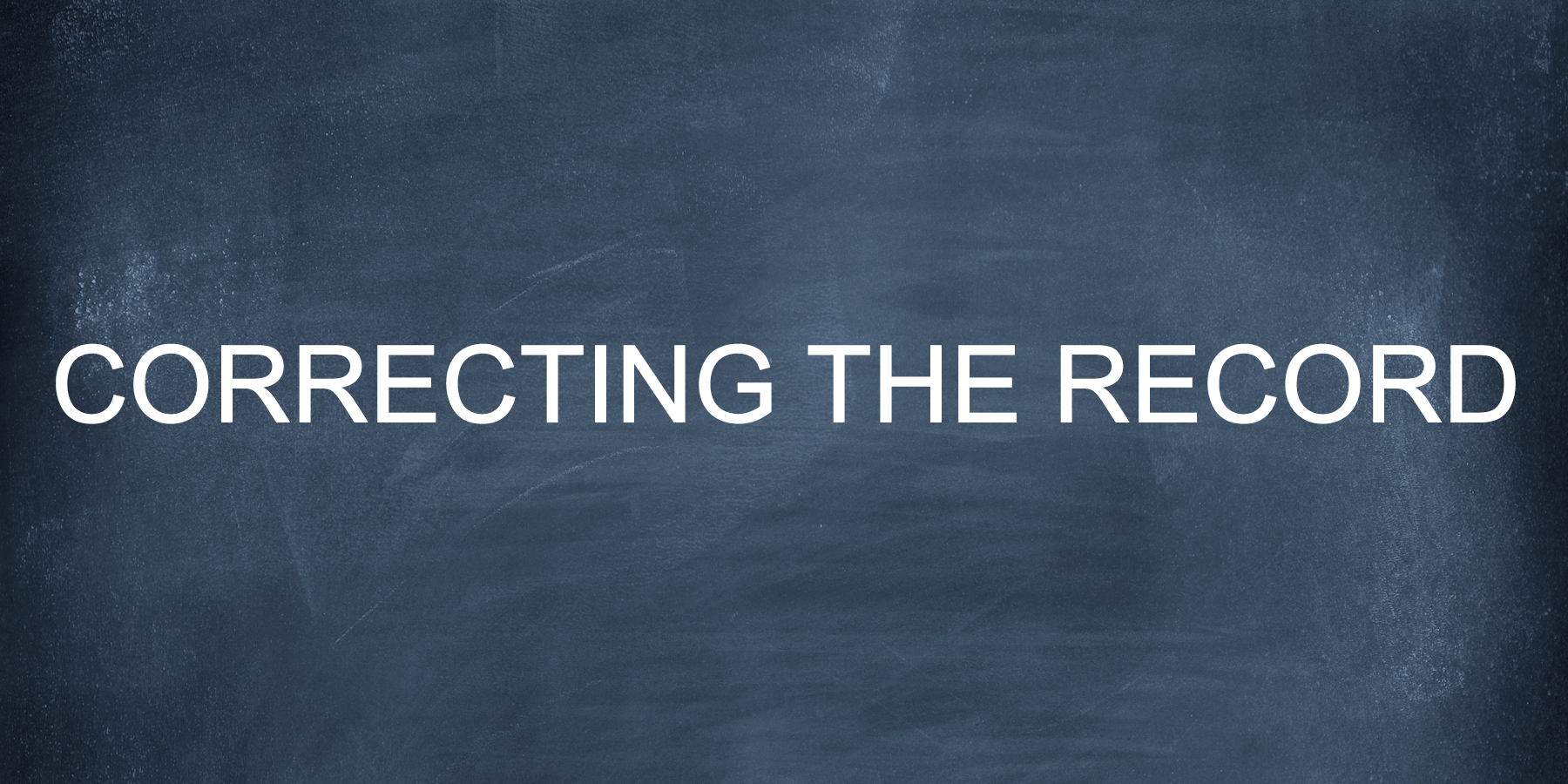High-Quality Assessments Are Not the Enemy

According to a teacher survey in New Jersey’s Middlesex County, 60% of respondents say PARCC assessments have created stress and anxiety, Tap into Nutley reports. The findings indicate PARCC has negatively impacted students, the article suggests, and “drains significant instructional time.”
“No ‘one-size-fits-all’ approach ever works,” claimed State Senator Patrick Diegnan at the release of the findings. “PARCC was created to evaluate teachers, not students.”
However, high-quality assessments are one of the best tools parents and teachers have to measure student development and to ensure students receive the support they need. And multiple studies make clear PARCC is among the best exams states have.
A two-year study by the Thomas B. Fordham Institute found consortia exams (PARCC and Smarter Balanced) closely match states’ education standards and outperform the ACT Aspire and MCAS tests—both high-quality assessments in their own right.
Similarly, research by the National Network of State Teachers of the Year (NNSTOY) concludes that PARCC assessments are well aligned with good classroom instruction; reflect the range of knowledge students need to succeed at high levels of learning; and provide accurate information relevant to a wide range of performers.
Because PARCC closely aligns with what is taught in classrooms, the exams reduce pressures to “teach to the test.” As educators explain, the best preparation is good instruction because what students learn in school is what they can expect to see on tests.
PARCC exams “do a better job of measuring student understanding” and “reflect what teachers are teaching to meet higher expectations,” former New Jersey Teacher of the Year Maryann Woods-Murphy wrote in January. “PARCC and Smarter Balanced may not be perfect, but they are an improvement over New Jersey’s old tests, and they put us on the right trajectory.”
Opt-out proponents argued that the survey findings reinforce their calls for parents to refuse to let their children participate in state assessments. But opting out puts students at a disadvantage and does little to improve testing policy.
“Let’s be clear: there are constructive ways to improve education and accountability policies. Opting out is not one of them,” former Education Secretary Bill Bennett wrote earlier this year. “Refusing to participate in assessments puts students, parents and teachers at a disadvantage, and it does little to address legitimate concerns about the quality and volume of state tests.”
States that have put their full support behind implementation of rigorous, consistent education standards and stuck with aligned assessments—like New Jersey—are now starting to see student performance improve. “For policymakers, the message should be clear,” Jim Cowen explains in a memo this month. “High standards and high-quality assessments are delivering promising results. To change course would be a mistake.”
Indeed, states that have “gone it alone” on student assessments are quickly learning that decision is a costly and disruptive one. As a recent Chalkbeat article puts it, “The process of leaving consortia that was meant to pacify local protests against Common Core-aligned tests has actually led to chaos and confusion in the classroom, not to mention extra costs to those same states to develop replacement exams.”
New Jersey is on the right path with PARCC. Families should continue to “opt in” to high-quality assessments aligned to rigorous learning goals. By doing so, they will continue to improve their state’s accountability policies and ensure they have reliable and accurate information about their children’s development.
About the Collaborative for Student Success
At our core, we believe leaders at all levels have a role to play in ensuring success for K-12 students. From ensuring schools and teachers are equipped with the best materials to spotlighting the innovative and bold ways federal recovery dollars are being used to drive needed changes, the Collaborative for Student Success aims to inform and amplify policies making a difference for students and families.
To recover from the most disruptive event in the history of American public schools, states and districts are leveraging unprecedented resources to make sure classrooms are safe for learning, providing students and teachers with the high-quality instructional materials they deserve, and are rethinking how best to measure learning so supports are targeted where they’re needed most.

